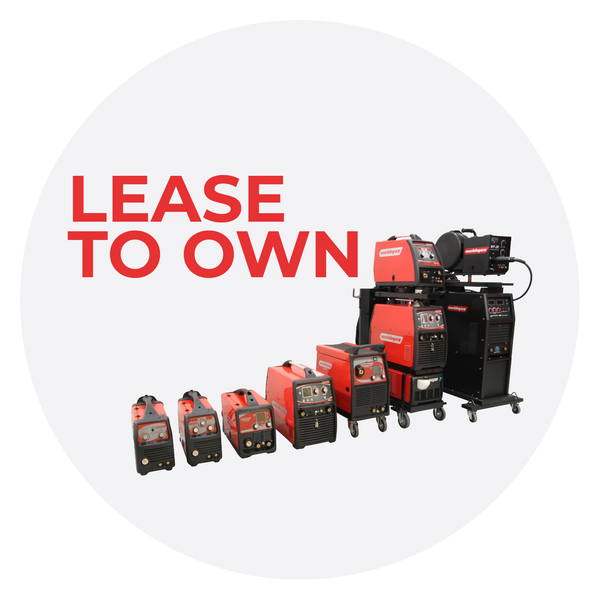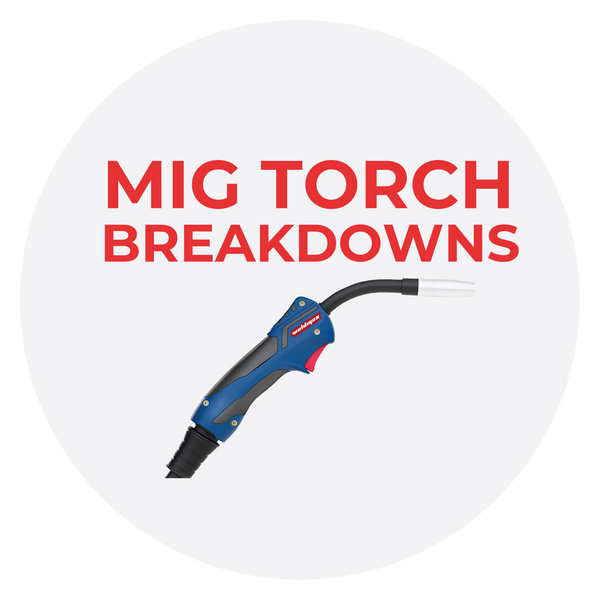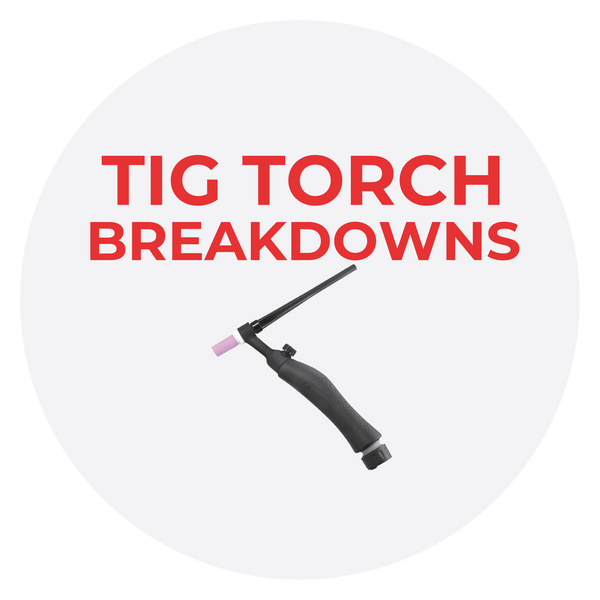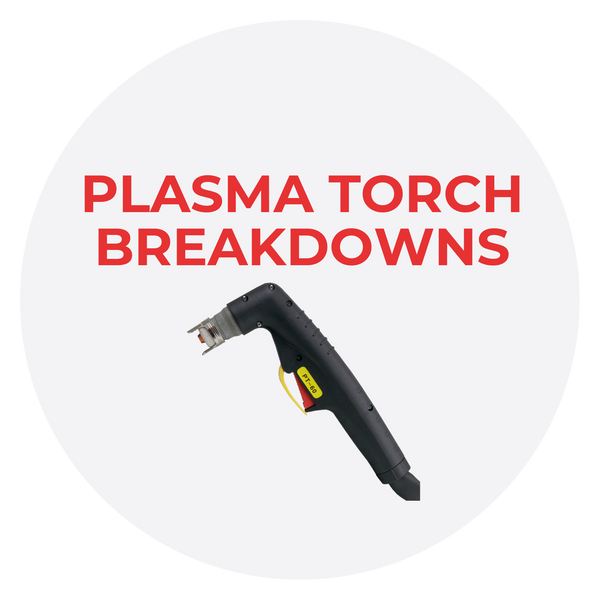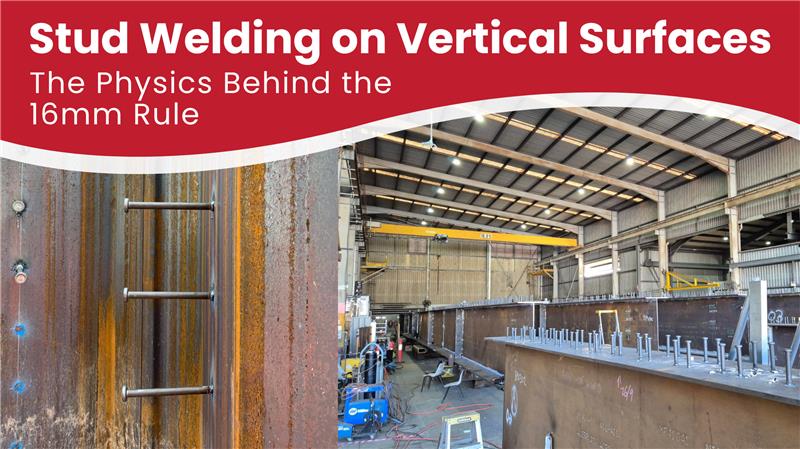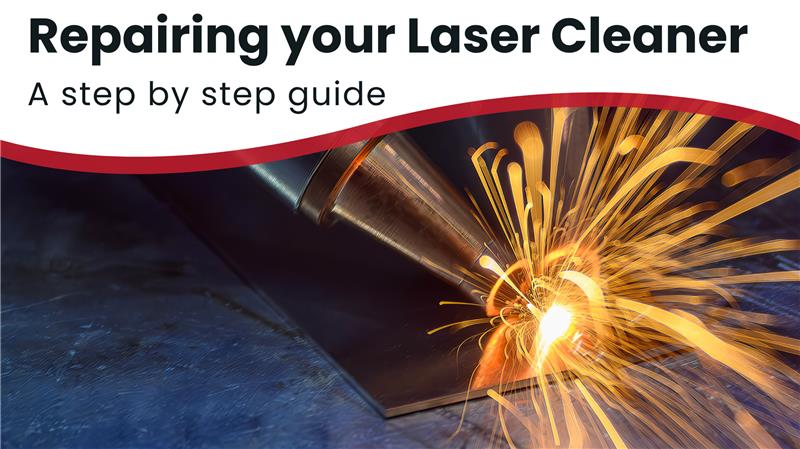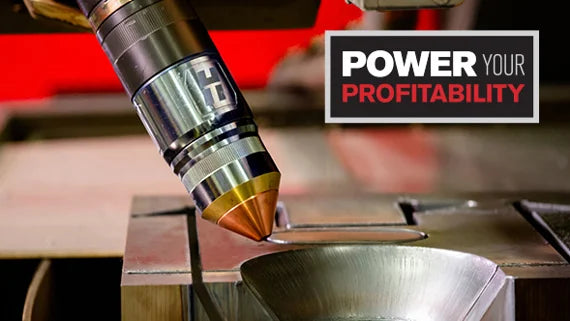MIG vs TIG: Who Will Win the Welding Showdown?

Ah, the age-old question: What is better, MIG or TIG welding? Before you choose a side, let's learn more about each. Both processes are necessary in fabrication and welding. However, they each come with their own pros and cons, making it difficult to decide which one is truly better. Let's dive into the details so that you can make an educated decision for your project.

MIG: Pros and Cons
MIG stands for Metal Inert Gas, and it is considered to be an easier process than TIG welding. It uses a wire feeder that feeds the filler material (wire) into the weld zone, which means that you don't have to constantly stop to replace rods like you do with Stick welding. This makes it more efficient and faster compared to other processes. MIG also does not require a lot of skill; in fact, many beginner welders often start out with this process because of its relative ease of use.
One of the major advantages of MIG welding is its versatility. It can be used on a wide range of materials, including mild steel, stainless steel, and aluminum. MIG welding also allows for high deposition rates, meaning you can lay down a significant amount of weld quickly. This makes it an excellent choice for large projects or production welding where speed is essential.
On the downside, MIG welding can be messier due to splatter and smoke produced during the welding process. Additionally, since it uses a wire feeder instead of individually fed rods, there isn't as much control over the weld puddle size and shape as there might be with other processes.
However, for applications where speed and efficiency are more important than fine control, MIG welding can be an excellent choice.

TIG Welding: Pros and Cons
TIG stands for Tungsten Inert Gas, and it is known for producing high-quality welds with superior strength. This is because of its increased control over heat input and joint manipulation compared to other processes like Stick or MIG welding. TIG welding uses a non-consumable tungsten electrode to create the arc and requires the welder to manually add filler material if necessary.
One of the primary advantages of TIG welding is its ability to produce precise, clean welds. It offers excellent control over the heat input, allowing for intricate and detailed work. TIG welding is particularly well-suited for welding thin materials or projects that require aesthetic appeal, such as sculptures or artwork. It also produces less smoke than other processes since it does not use filler material.
On the downside, TIG welding requires a greater amount of knowledge from the welder. They need to have complete control over heat input in order to produce quality welds. Additionally, they must understand how different metals react differently when heated up, which adds another layer of complexity when deciding on parameters such as amperage levels or gas flow rates. This makes TIG welding slower than other processes since there are more steps involved in setting up each weld joint correctly before beginning work on them individually. However, when done correctly, TIG welding can lead to higher quality results overall.

Choosing the Right Process for Your Project:
So, who wins? It depends on what kind of project you are doing! MIG welding offers speed and efficiency, making it ideal for larger projects where multiple joints need attention quickly. It is also a great choice for beginners or those who value simplicity. The ability to quickly lay down welds with MIG welding makes it a preferred choice in industries such as automotive, construction, and manufacturing.
On the other hand, TIG welding offers precision and control, making it the preferred choice for smaller jobs where accuracy and high-quality welds are of utmost importance. TIG welding is commonly used in industries such as aerospace, nuclear, and high-end fabrication where weld integrity and aesthetics are critical.
When deciding which process to choose, consider the following factors:
Project Size: For larger projects with multiple joints, MIG welding can save you time and effort. Its high deposition rates allow for faster completion of welds.
Weld Quality: If achieving high-quality, aesthetically pleasing welds is your priority, TIG welding is the way to go. The precise control over heat input and filler material placement ensures clean, strong welds.
Material Type: Consider the type of metal you will be welding. While both processes can handle a wide range of materials, TIG welding is better suited for exotic metals like aluminum, stainless steel, and titanium. MIG welding is more commonly used for mild steel.
Skill Level: If you are a beginner or have limited welding experience, MIG welding may be more accessible due to its simplicity and forgiving nature. TIG welding requires more skill and practice to master due to its finer control requirements.
Budget: Take into account the cost of equipment, consumables, and maintenance associated with each process. MIG welding tends to be more cost-effective overall, with lower initial investment and lower operating costs. TIG welding equipment and consumables can be more expensive.

In the MIG vs TIG welding showdown, there is no clear winner. Both processes have their strengths and weaknesses, and the right choice depends on your specific project requirements. MIG welding offers speed and efficiency, while TIG welding provides precision and control. Consider the project size, weld quality, material type, skill level, and budget when making your decision.
Remember, practice and experience play a significant role in mastering either process. Whichever process you choose, continue to refine your skills and techniques to achieve exceptional welds. Both MIG and TIG welding have their place in the welding industry, and knowing when to utilize each process will make you a versatile and skilled welder. Happy welding!
Related Products
MIG Welders
TIG & ARC



